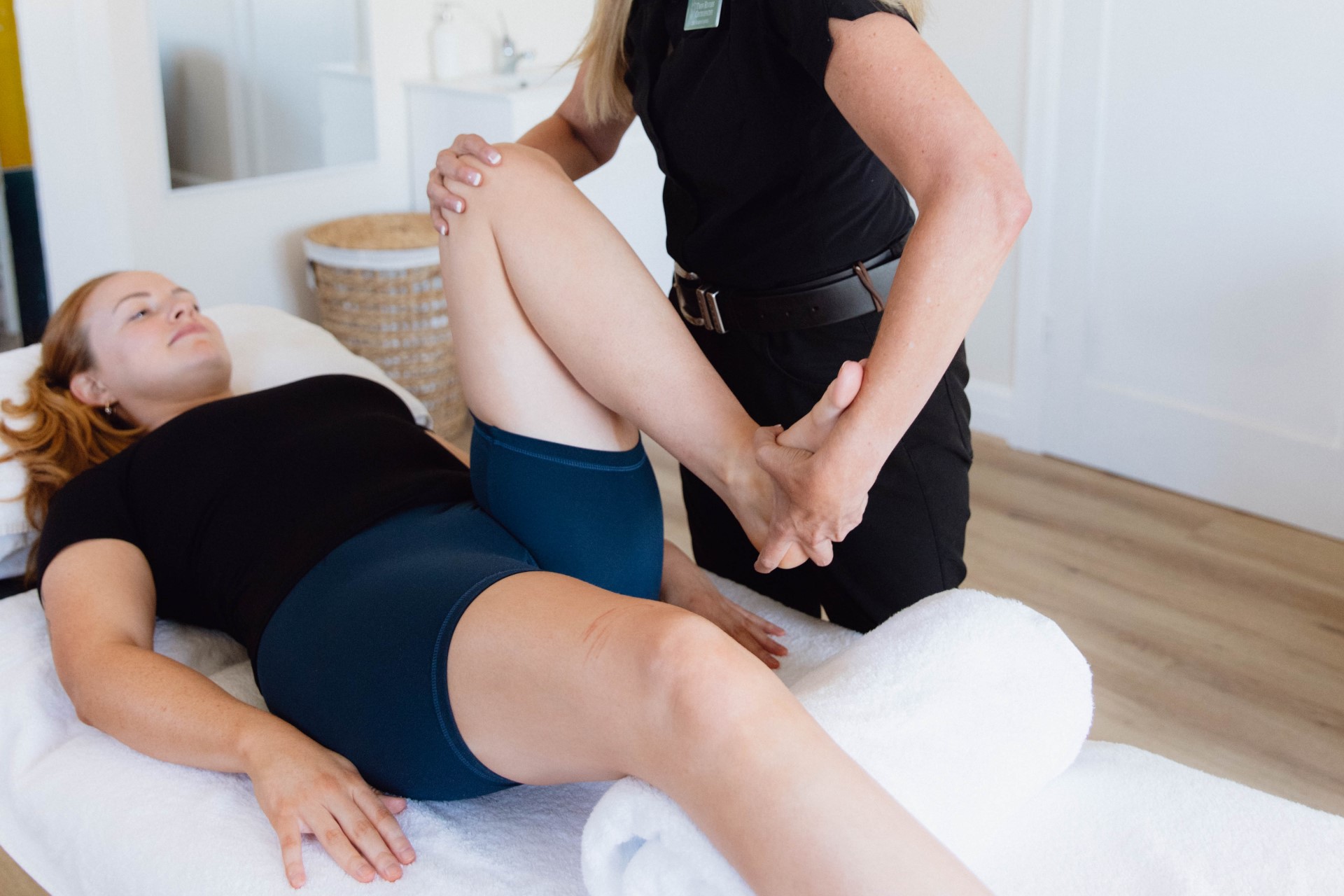Knee Pain
Knee pain is a common health condition in Australia that affects approximately 19% of its population. Whether it comes from developmental stress, exercise-induced Sport Injuries, or knee osteoarthritis, we all know someone who has and probably is suffering from knee pain.
Most people will experience one of the many issues that can lead to knee pain, so let’s look at some common issues and injuries and how our osteopaths here at Twin Rivers Osteopathy In Bairnsdale can help.

How Does Osteopathy Help Knee Pain?
Osteopathy tends to have a holistic approach to treatment in which we look for the source of pain rather than trying to treat only symptoms. This means we may use manual movements to diagnose and treat problems within your knee joint; this includes muscle tension, tightness, cramping, stress or strain in bones or other tissue/tendons supporting major muscle groups, ligaments, tendons and arteries.
Osteopathy is also a great way to address biomechanical issues affecting your knees. This could include looking at how you walk and run and whether muscle imbalances or weaknesses in your legs can lead to injury or pain.
Addressing The Underlying Cause Of Knee Pain
The cause of painful knees is not always easily identified, but several factors can contribute to this condition. An osteopath will work with you to determine the underlying causes of your knee pain and treatment plan tailored to your individual needs.
Osteopathic Treatment for Knee Pain
The most common treatment for knee pain methods include:
Soft tissue techniques are performed by gently stretching, massaging, and manipulating the muscles around your knee. There are multiple soft-tissue techniques available, but all of them aim to improve blood flow to this area and alleviate pain.
Joint mobilization involves applying gentle pressure to your knee joint as it moves through its full range of motion to increase flexibility and reduce stiffness. Most patients find that this therapy can effectively reduce pain caused by arthritis or injuries related to wear and tear on ligaments around the knee joint.
Joint manipulation is another osteopathic treatment that applies force with a controlled speed for your joints to move more easily without becoming stuck due to injury.
When to see an Osteopath
If you feel any of the following symptoms, it may be time to Book an appointment with an osteopath:
♦ Pain in and around the knee joint that gets worse when climbing stairs or going up/down stairs
♦ A feeling of knee instability or “giving way” (for example, stepping off a curb)
♦ Pain in the knee when walking or running
♦ Pain in the back of the knee, behind where your calf muscle attaches to your shin bone (tibia)
♦ Pain when sitting for long periods (for example, driving)
♦ A feeling of knee stiffness or tightness, especially when trying to straighten your leg
♦ Knee pain that comes on gradually over time and does not get better with rest
♦ Knee pain that wakes you up at night
Exercises and Stretches for Knee Pain
The best way to prevent pain in the knees is to strengthen the muscles around your knees. A good place to start is with exercises that target your quadriceps and hamstrings, which can help improve knee function.
Some basic exercises you can do at home include:
♦ Standing, single-leg squats (start with 10 reps on each leg and work your way up to 20)
♦ Lunges (again, start with 10 reps on each leg and work your way up to 20)
♦ Step ups (hold dumbbells in each hand for added weight if needed)
♦ 5 Knee Pain Releif Stretches & Exercises You Can Do In Bed – YouTube
We are ready when you are
Twin Rivers Osteopathy offers a wide range of Osteopathic services & treatments covering back pain, neck pain, shoulder pain, knee pain, headaches, upper back pain, sports injuries, work-related injuries and ergonomic assessment.
